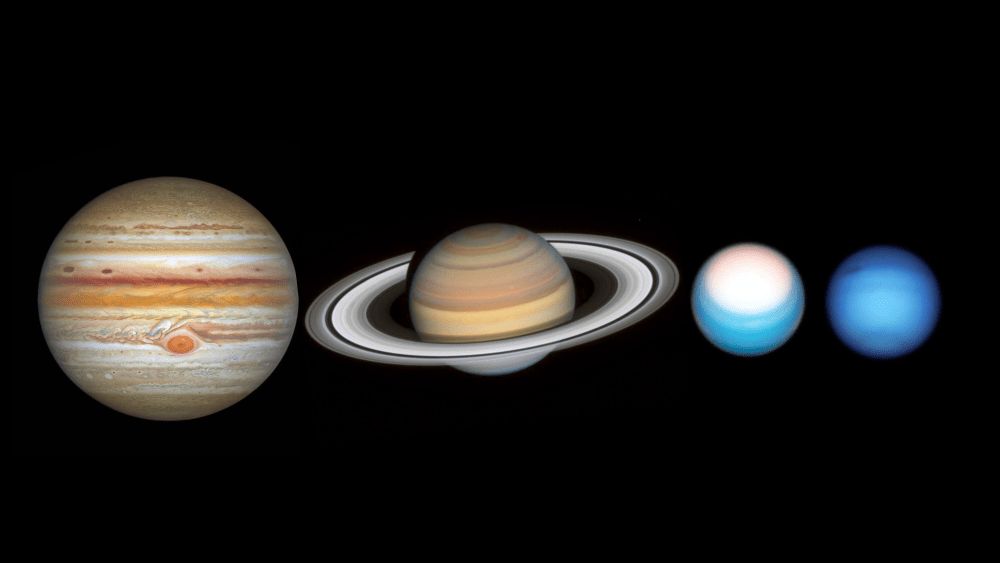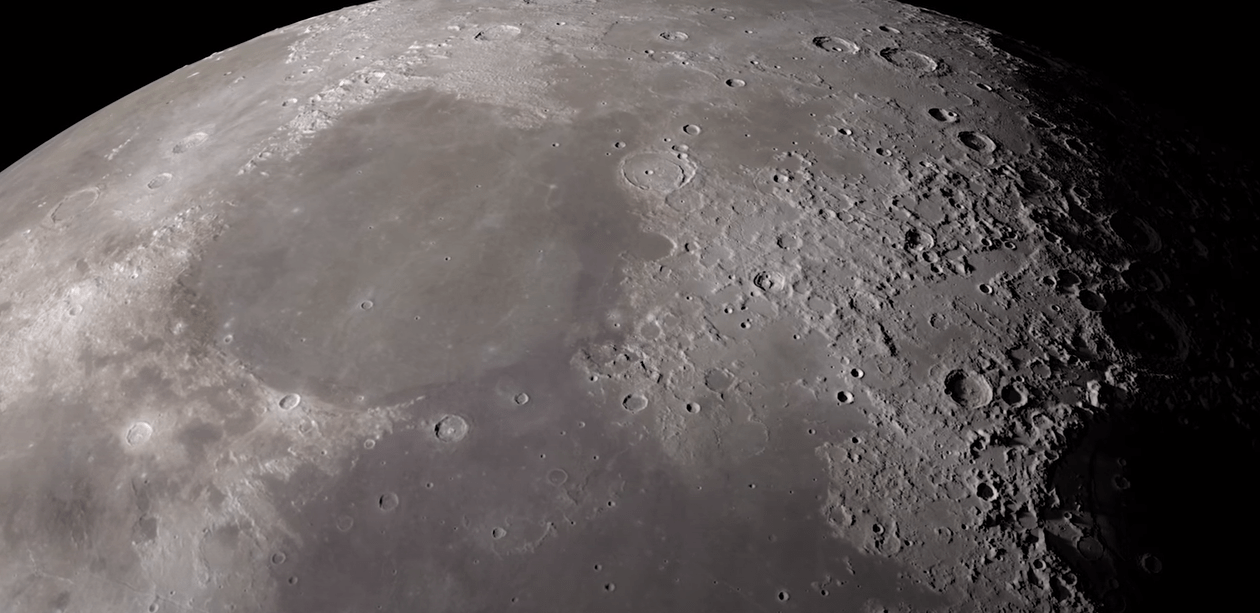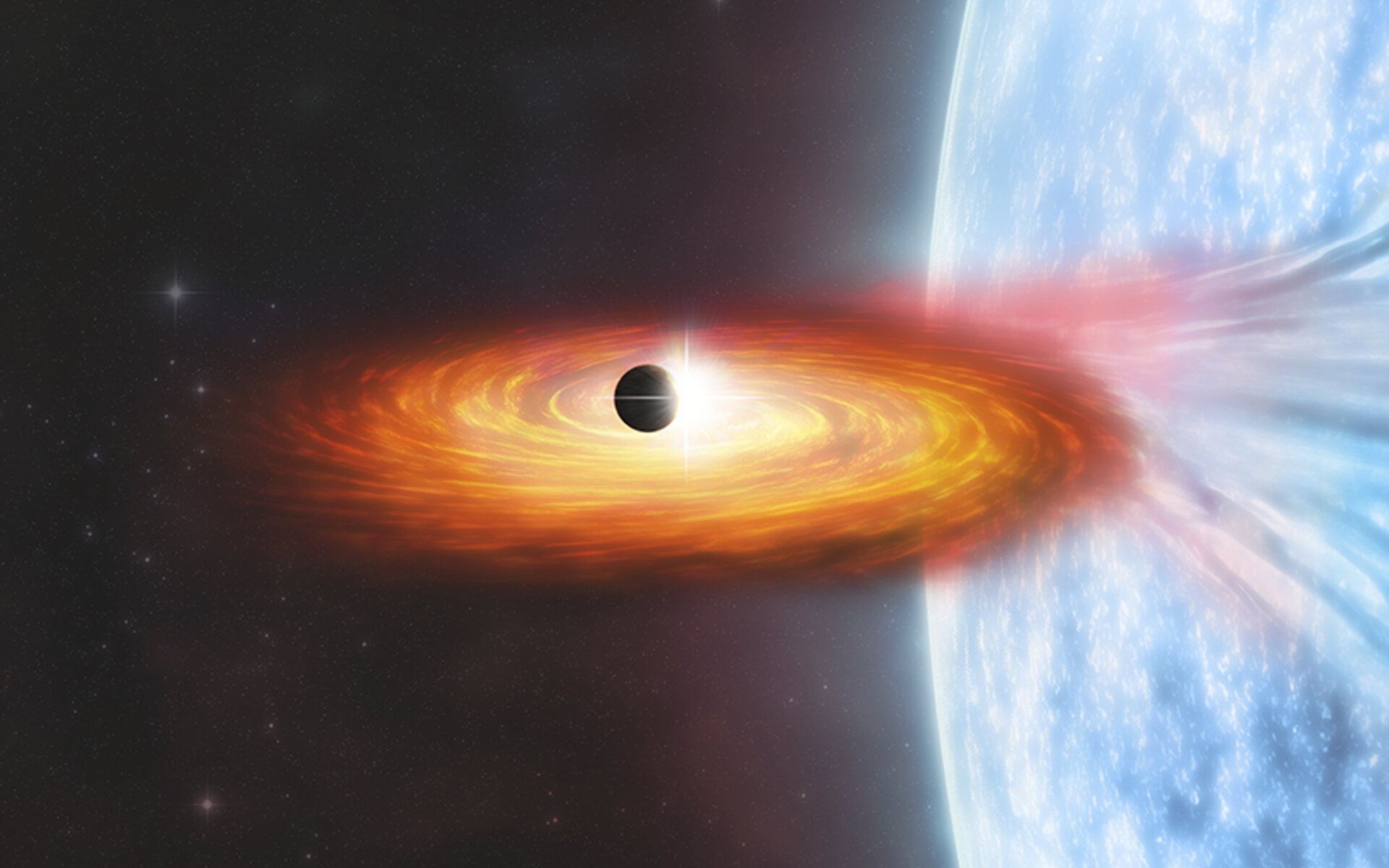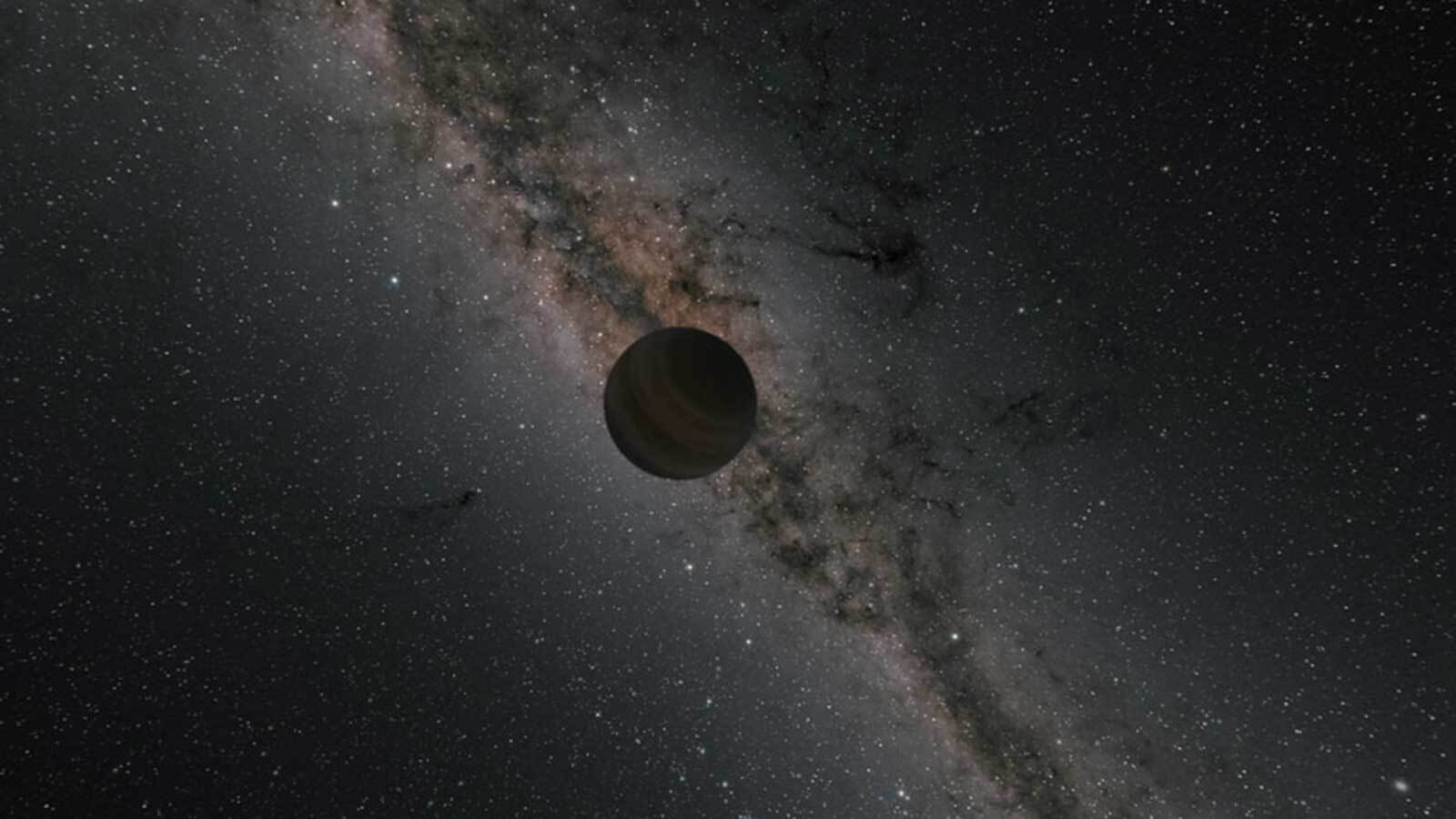In this series we are exploring the weird and wonderful world of astronomy jargon! You’ll be dazzled by today’s topic: albedo!
Continue reading “Astronomy Jargon 101: Albedo”TESS Finds a New Mars-Sized Planet (With the Density of Mercury)

Some planets orbit their stars so closely that they have extremely high surface temperatures and extremely rapid orbits. Most of the ones astronomers have found are Hot Jupiters— planets in the size range of Jupiter and with similar compositions as Jupiter. Their size and proximity to their star make them easier to spot using the transit method.
But there’s another type of planet that also orbits very close to their stars and has extremely high surface temperatures. They’re small, rocky, and they orbit their star in less than 24 hours. They’re called ultra-short-period (USP) planets and TESS found one that orbits its star in only eight hours.
And the planet’s density is almost equivalent to pure iron.
Continue reading “TESS Finds a New Mars-Sized Planet (With the Density of Mercury)”Here are Hubble’s 2021 Photos of the Outer Solar System

If we had to rely solely on spacecraft to learn about the outer planets, we wouldn’t be making great progress. It takes a massive effort to get a spacecraft to the outer Solar System. But thanks to the Hubble Space Telescope, we can keep tabs on the gas giants without leaving Earth’s orbit.
Continue reading “Here are Hubble’s 2021 Photos of the Outer Solar System”Astronomers Might Have Found a Planet in Another Galaxy
Not that long ago,, astronomers weren’t sure that exoplanets even existed. Now we know that there are thousands of them and that most stars probably harbour exoplanets. There could be hundreds of billions of exoplanets in the Milky Way, by some estimates. So there’s no reason to think that stars in other galaxies don’t host planets.
But to find one of those planets in another galaxy? That is a significant scientific achievement.
Continue reading “Astronomers Might Have Found a Planet in Another Galaxy”Moons are Planets too
What makes a planet a planet? The answer turns out to be rather contentious. The official definition of a planet, as defined by the International Astronomical Union (IAU) is that a planet must satisfy three conditions:
- It must orbit the Sun.
- It must be in hydrostatic equilibrium.
- It must have cleared its orbital neighborhood.
By this definition there are just eight planets in our solar system, most notably excluding Pluto. This has stirred all manner of controversy, even among astronomers. Several alternative definitions have been proposed, but a new study argues we should look to history for the solution.
Continue reading “Moons are Planets too”Rogue Planets Could be Habitable
The search for potentially habitable planets is focused on exoplanets—planets orbiting other stars—for good reason. The only planet we know of with life is Earth and sunlight fuels life here. But some estimates say there are many more rogue planets roaming through space, not bound to or warmed by any star.
Could some of them support life?
Continue reading “Rogue Planets Could be Habitable”



